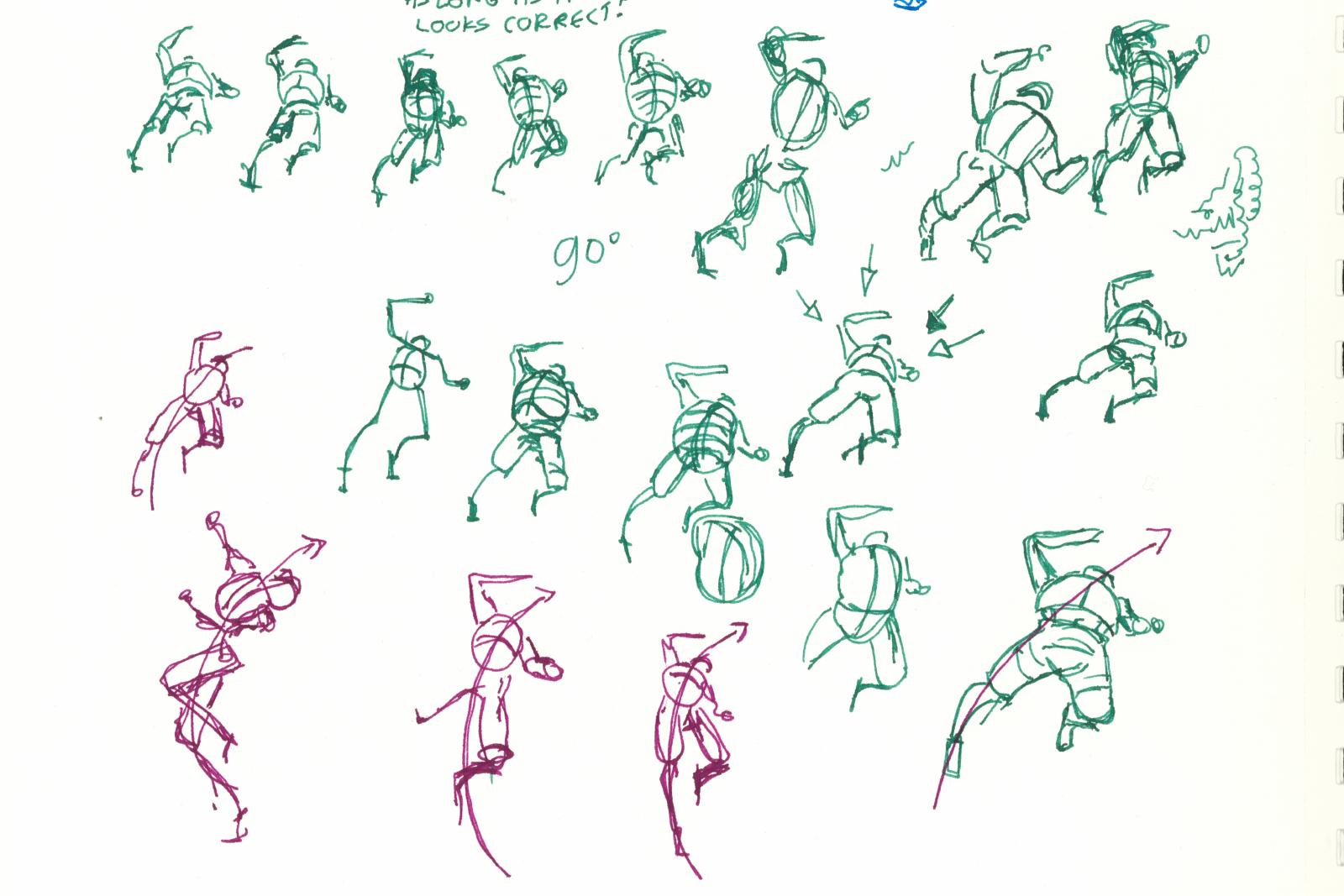#8 - What I Learned From Re-Inking Joseph Clement Coll
Get into the heads of your favorite artists!Warm-Up Drawing Exercises

Quickly become better at drawing—without burning out—by using my workbook.

I tried out episodic stories online a few years back and decided to try that out on public domain stories. One story I tried it on was The Lost World by Arthur Conan Doyle—the story on which Jurassic part was later based. It is pretty interesting to read the story after seeing the movie. The filmmakers did lift a lot of ideas from the original story. But I digress.
When The Lost World came out, novels were often first serialized in newspapers before they were published in book form. And because writing works best in a newspaper if accompanied by images, and because they hadn’t figured out how to reproduce photos well in offset print yet, they would often commission black and white art. This, they knew how to reproduce well in print. They asked artists who were trained professional painters, and the results, naturally, looked like the illustrations were painted with a pen.

The illustrations were gorgeous.
I went in search of the pen and ink drawings that came with The Lost World. Joseph Clement Coll made them. If you haven’t checked out his work, you should, but you should see it in print. The thin lines don’t reproduce as well digitally.The only ones I could find were scans from newspaper prints. Print technology was awful back then. Thin lines disappeared. Thicker lines blended into black areas. The newspaper prints weren’t that good. On top of that, the illustrations were scanned at a relatively low resolution. The print version of the line art was terrible.

I decided to re-ink these illustrations digitally in ProCreate on my iPad. And it blew my mind.
This is a challenge you should try if you have a favorite artist who works in pen or brush and black ink: print it out enlargened and in a soft blue if possible, and then re-ink it yourself. Or do it digitally as I did. You will learn a ton by doing that. I got to figure out how Joseph Clement Coll draws. His line is lively and very hard to copy. But! You can copy his approach, which is laying down parallel lines until he gets the right texture and tone. I found I had to “plug holes” so to speak—little white spots left between lines—not to get unwanted textures. This informs how I still hatch today if I use hatching. I don’t do cross-hatching as much anymore, at least not by default.
You can learn a lot by copying the masters.
I re-inked almost all of the illustrations Joseph Clement Coll made for The Lost World. You can see a few of the results here.

Why don’t you try this out yourself? Take a pen or brush and ink illustration, print it out in very light gray, or in blue so you can remove it digitally later. Try to print it as large as is comfortable for you. You can take a smaller illustration and print it on regular printer paper, or you can go to a printing shop to print it out on a larger sheet of paper. Try to blow up the original to at least twice its size. You get to work more precisely if you work larger.
Alternatively, you can also do this challenge digitally like I did for the illustrations here. Working digital, you can zoom in and out and work in different layers and erase inks which makes things easier while you still learn all you can from the experience.
What you are going for is not an exact copy. Rather, you want to learn about the thought processes that went into making the piece, so that you can take it with you to your own work. You want to copy the way they thought while making the piece instead of copying each line exactly.
This is mostly meant for practice. You can share the result—as I did here— if the originals are now in the public domain. Otherwise, you need to ask the original artist for permission.
Always, at the very least, credit the original artist. If you pretend you made it, that is plagiarism.
Choose art you find stunning, and enjoy!
Related
I wrote something about how to learn by copying master artists .
I have an article on the benefits of taking books with reference images to copy from while on holiday.
Ergojosh has a great YouTube video about the benefits of copying great artists and how you learn about their thought processes by trying to recreate their works.